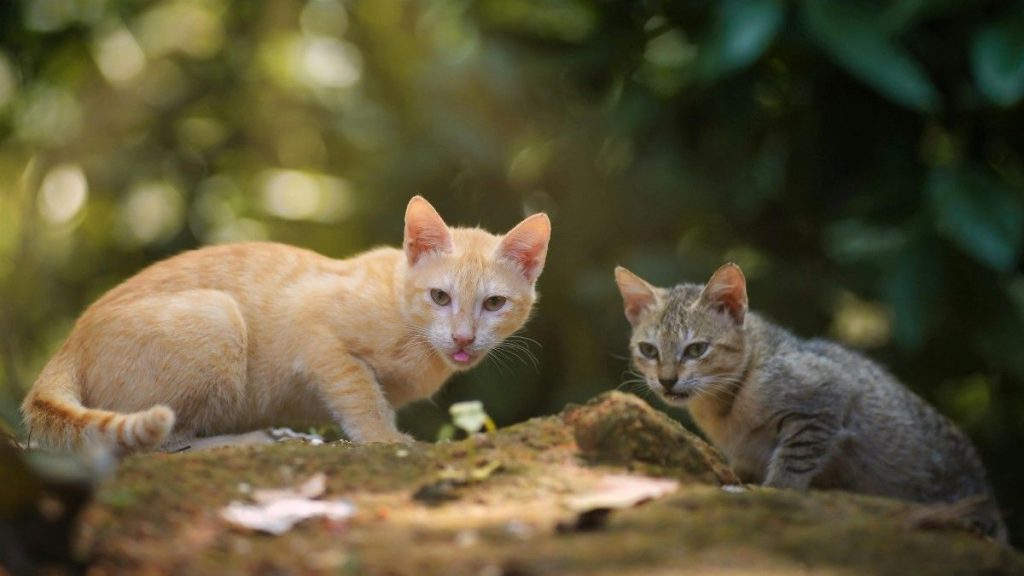India is home to a diverse array of cat breeds, each with its own personality, charm, and story. Whether you’re a devoted cat lover looking for your next furry companion or simply fascinated by these adorable creatures, exploring cat breeds in India is both exciting and heartwarming. From domestic shorthairs to luxurious Persians, India offers a variety of cats that can melt anyone’s heart.
In this guide, we’ll dive deep into the most amazing Indian cat breeds, their history, personality traits, care tips, and what makes them perfect companions.
Why Indian Cat Breeds Are Unique?
Indian cat breeds are distinct due to centuries of adaptation to the local environment, climate, and culture. Unlike many imported breeds, Indian cats have developed traits that make them resilient, affectionate, and low-maintenance.
Unique qualities of Indian cat breeds:
- Adaptability: Can handle heat, humidity, and city living
- Personality: Social, affectionate, and playful yet independent
- Health: Generally hardy with fewer genetic health issues
- Appearance: Distinctive markings and coat patterns reflecting Indian heritage
Popular Cat Breeds in India
Let’s explore some of the most amazing cat breeds in India, known for their beauty, charm, and lovable nature.
1. Indian Domestic Shorthair (IDS)
Often called India’s “native cat,” the Indian Domestic Shorthair is versatile and widely loved.
History & Background:
IDS cats are believed to have lived in India for centuries, often found roaming homes and villages. Their evolution in India makes them naturally robust and well-adapted to local climates.
Key Traits:
- Short, dense coat in various colors and patterns
- Medium-sized, muscular, and agile
- Intelligent, curious, and highly playful
- Excellent hunter and climber
Care Tips:
- Weekly grooming to remove loose hair
- Balanced diet with both wet and dry food
- Regular playtime to keep them mentally and physically active
2. Persian Cats in India
Persian cats are globally famous, and India has embraced them for their elegance and calm demeanor.
History & Background:
Originating from Persia (modern-day Iran), Persians were introduced to India through trade and royal connections. They quickly became a favorite among Indian households.
Key Traits:
- Long, luxurious coat in a variety of colors
- Round face with big, expressive eyes
- Calm, gentle, and affectionate personality
- Ideal for indoor living
Care Tips:
- Daily brushing to prevent tangles and mats
- Regular eye and ear cleaning
- Soft diet to maintain a healthy weight
3. Siamese Cats in India
Siamese cats are known for their intelligence, elegance, and vocal nature. Many Indian households admire them for their social and affectionate personality.
History & Background:
Siamese cats originally come from Thailand but became popular in India due to their striking appearance and friendly temperament.
Key Traits:
- Sleek, short coat with darker points on face, ears, paws, and tail
- Slender, graceful body with almond-shaped blue eyes
- Highly social and communicative
- Loves interaction and companionship
Care Tips:
- Interactive toys to stimulate their intelligence
- High-protein diet to support active muscles
- Climbing structures to encourage play
4. Bombay Cats in India
Dubbed the “mini panther,” the Bombay cat is rare but striking in appearance and personality.
History & Background:
Bombay cats were created by crossing Burmese and black American Shorthair cats. They have a unique, sleek black coat and copper-colored eyes.
Key Traits:
- Jet-black, short, shiny coat
- Copper or golden eyes that captivate attention
- Affectionate, playful, and adaptable
- Thrives in indoor environments
Care Tips:
- Weekly grooming for coat health
- Regular interactive play to avoid boredom
- High-quality cat food to maintain energy
5. Himalayan Cats in India
Himalayan cats are a cross between Persians and Siamese, offering a perfect blend of elegance and charm.
History & Background:
The Himalayan breed was developed in the 1930s to combine the Persian’s long coat with the Siamese color points, making them unique and beautiful pets.
Key Traits:
- Soft, long fur with point coloration
- Round face and expressive blue eyes
- Gentle, calm, and affectionate
- Excellent lap cats
Care Tips:
- Groom 2-3 times a week to prevent mats
- Balanced diet to maintain fur health
- Provide scratching posts to protect furniture
How to Choose the Right Cat Breed in India
Choosing the right breed depends on your lifestyle, home environment, and personality. Consider these factors:
- Living Space: Long-haired cats like Persians need indoor care, while IDS cats adapt well to apartments and outdoor environments.
- Activity Level: Active breeds like Siamese and Bombay require more playtime and engagement.
- Allergies: Short-haired breeds like IDS are easier for allergy sufferers.
- Family Compatibility: Choose breeds known for being friendly with children or other pets.
Essential Tips for Caring for Cats in India
Caring for cats in India comes with unique challenges, such as heat, urban living, and local diseases.
Diet & Nutrition:
- High-quality dry and wet food rich in protein
- Include occasional treats, but avoid overfeeding
- Fresh water at all times, especially in hot climates
Health & Hygiene:
- Vaccinations (rabies, feline distemper, FIP)
- Regular vet checkups for early disease detection
- Parasite control for fleas, ticks, and worms
Grooming & Cleanliness:
- Short-haired cats: brush once a week
- Long-haired cats: brush daily to avoid mats
- Keep litter boxes clean to prevent infections
Mental & Physical Stimulation:
- Toys, scratching posts, and climbing structures
- Interactive play to prevent boredom
- Social interaction with humans or other pets
Fun Facts About Cats in India
- In some Indian cultures, black cats are considered lucky.
- Ancient temples in India often kept cats as guardians and companions.
- Cats were domesticated in India over 4,000 years ago.
- Many Indian cat breeds retain strong hunting instincts.
Why Cats Make Amazing Pets in India?
Cats are ideal pets for Indian homes due to their adaptability, independent yet affectionate nature, and relatively low maintenance. They offer companionship, reduce stress, and bring joy to families of all sizes. Whether you prefer playful kittens or calm lap cats, India has a breed to suit everyone.
Benefits of having a cat in India:
- Low maintenance compared to dogs
- Adaptable to apartments and small spaces
- Independent but affectionate companions
- Therapeutic and stress-relieving pets
Final Thoughts
India is home to a wide variety of amazing cat breeds that can truly melt your heart. From the charming Indian Domestic Shorthair to the elegant Persian, each breed has its own story, personality, and care needs. Understanding these traits will help you choose the perfect companion and enjoy years of joy with your feline friend.
Explore, adopt, and cherish the beauty of Indian cat breeds, and bring home a furry friend that will enrich your life in countless ways.
Frequently Asked Questions (FAQs)
Q1: Which is the most common cat breed in India?
A: The Indian Domestic Shorthair (IDS) is the most widespread and adaptable breed.
Q2: Are Persian cats suitable for Indian homes?
A: Yes, but they require indoor living and regular grooming due to their long fur.
Q3: What cat breed is best for families with children?
A: Siamese and IDS cats are generally friendly, playful, and good with kids.
Q4: How can I keep my cat healthy in India’s hot climate?
A: Provide plenty of fresh water, a cool indoor space, and a balanced diet.
Q5: Are Bombay cats rare in India?
A: Yes, Bombay cats are relatively rare but highly admired for their sleek black coat and personality.


